3D scanning is used for reverse engineering in various industries such as mechanical engineering, architecture, medicine and design.
For example, in mechanical engineering, 3D scanning is used to create an exact replica of a part that is no longer in production or to restore a damaged part.
And in architecture, 3D scanning can be used to create an exact replica of a building or monument, as well as to create models of interiors.
For example, in medicine, 3D scanning is needed to create accurate models of organs and tissues for diagnosis and planning operations.
At the same time, in design, 3D scanning is used to create accurate models for prototyping and testing.
A variety of equipment is available for 3D scanning, including laser scanners, structural light scanners, and photogrammetric systems. Each method has its advantages and disadvantages, and the choice of method depends on the specific task.
After scanning the object, the data is processed using specialized software to create a 3D model. This model is used for further work such as redesign, prototyping, and testing.
In general, 3D scanning is a useful tool for reverse engineering and improves the design and manufacturing process.





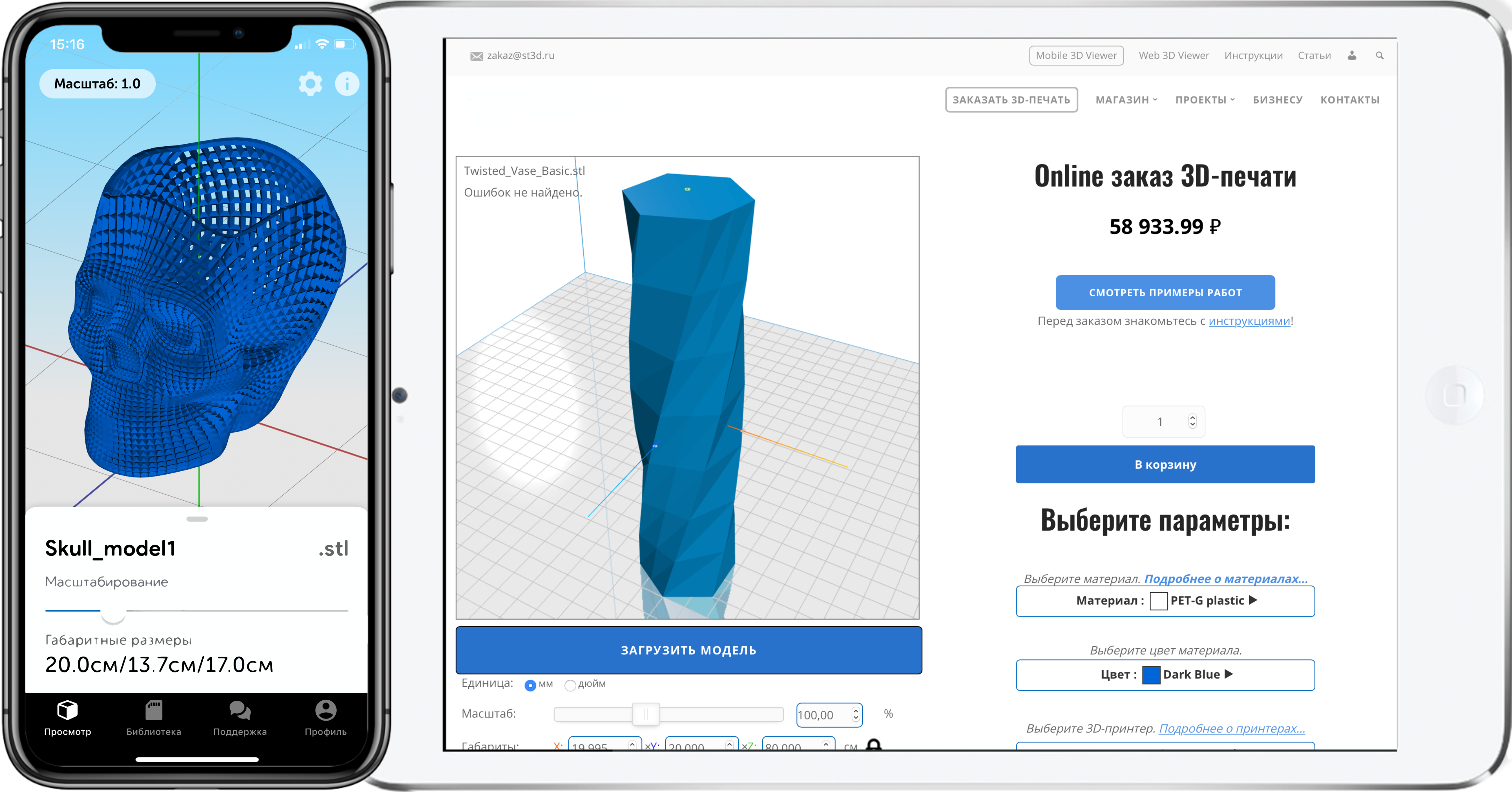



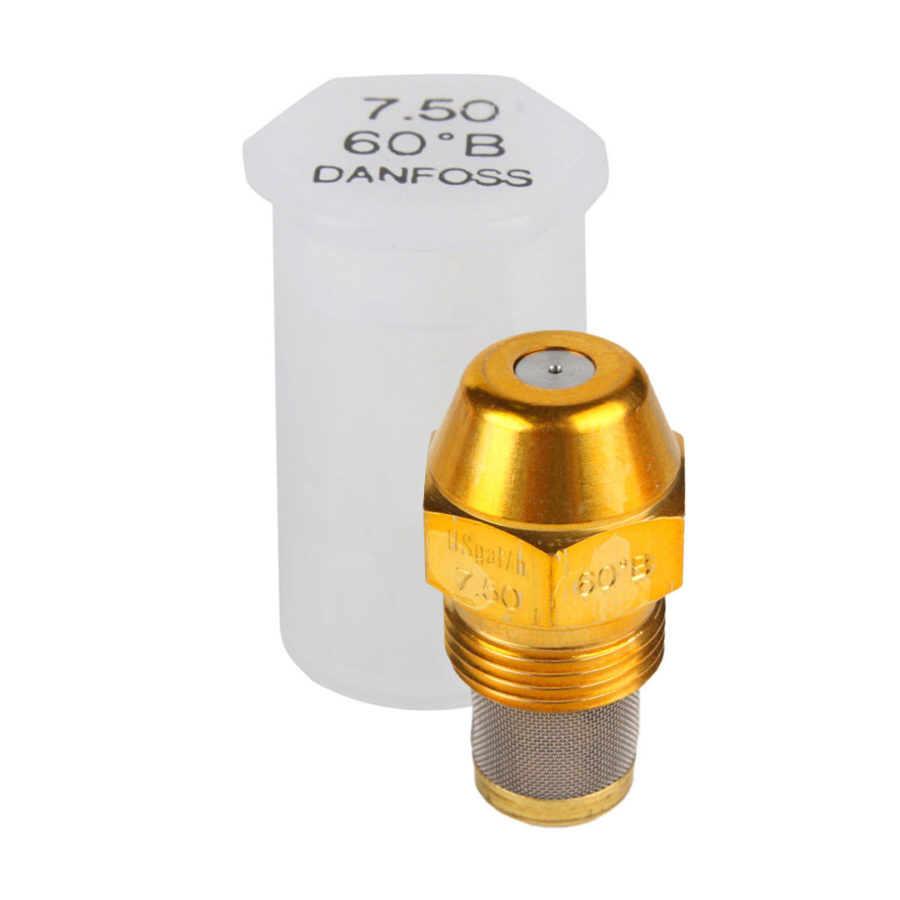
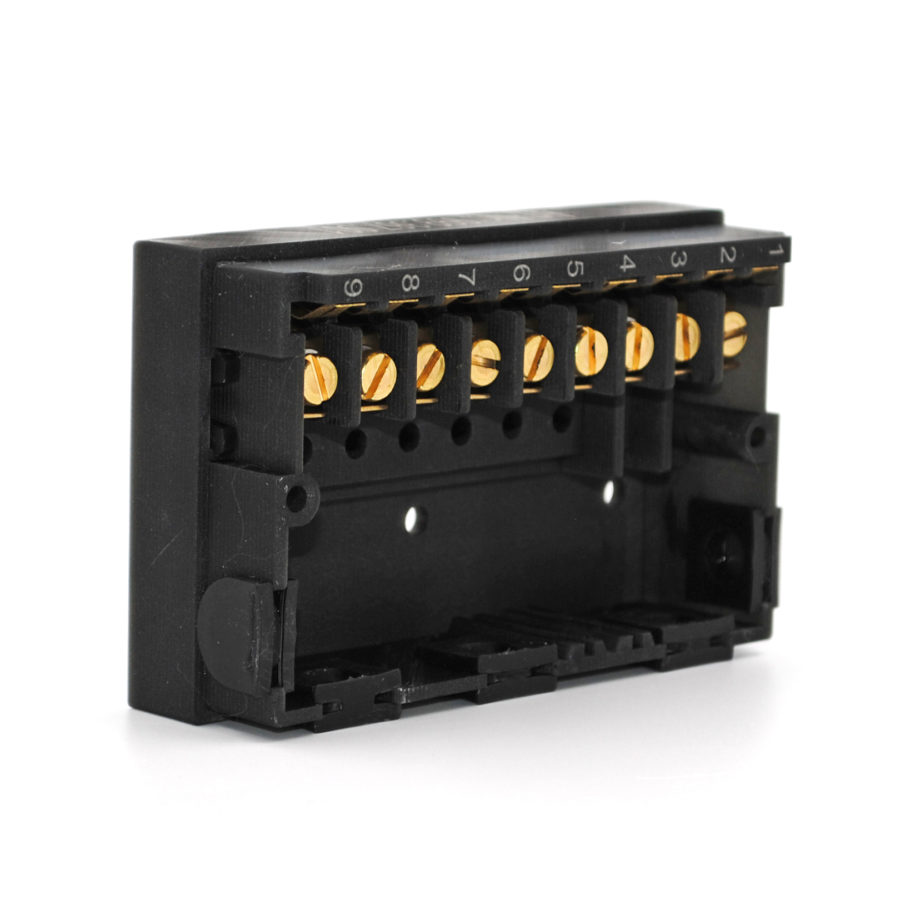
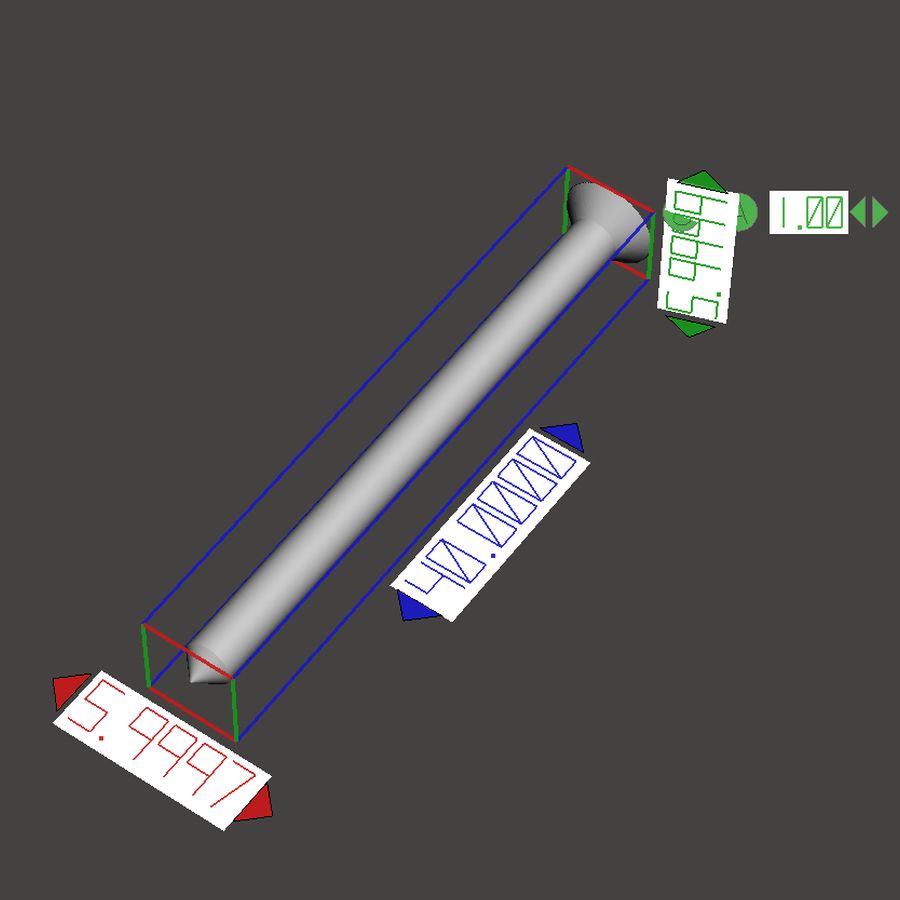
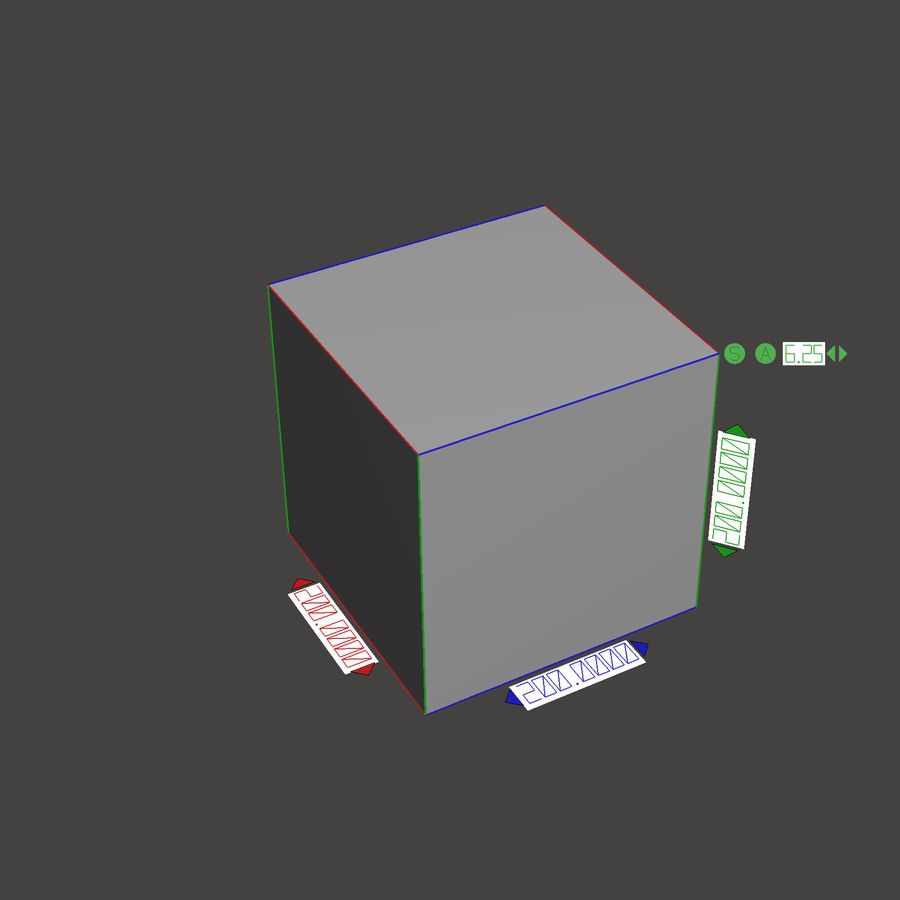
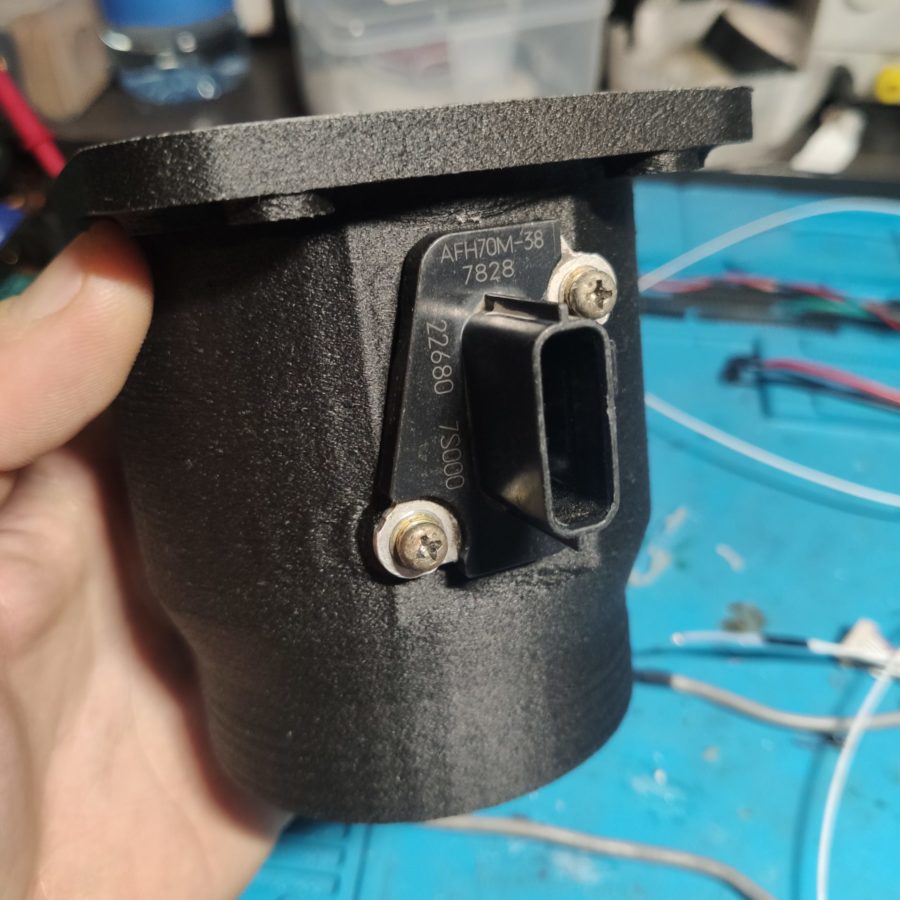

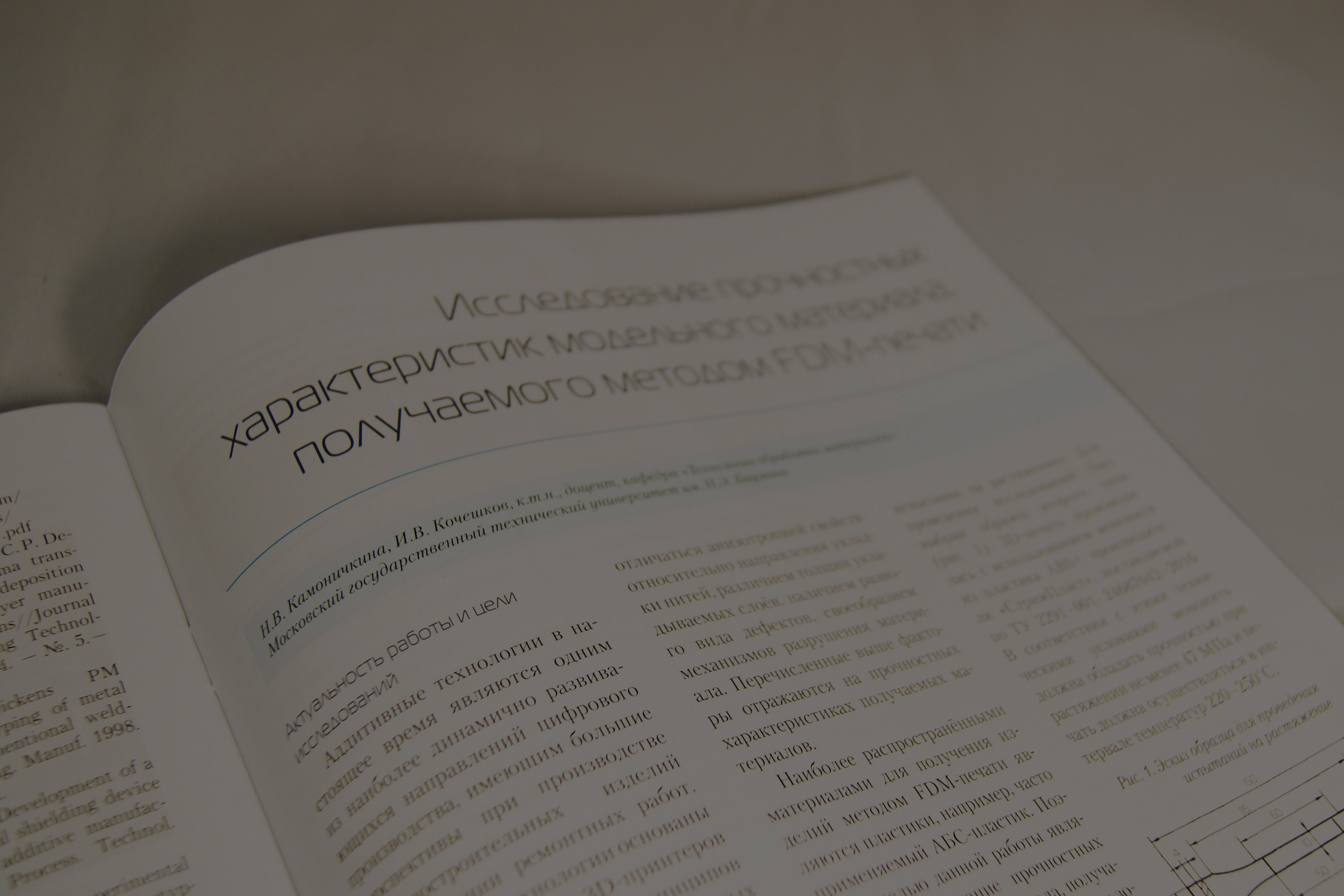




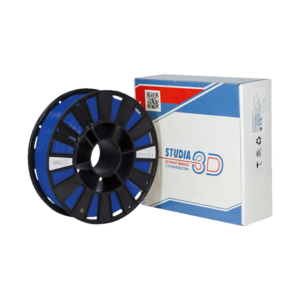
Author: Natalia Kamonichkina
More articles from Natalia Kamonichkina